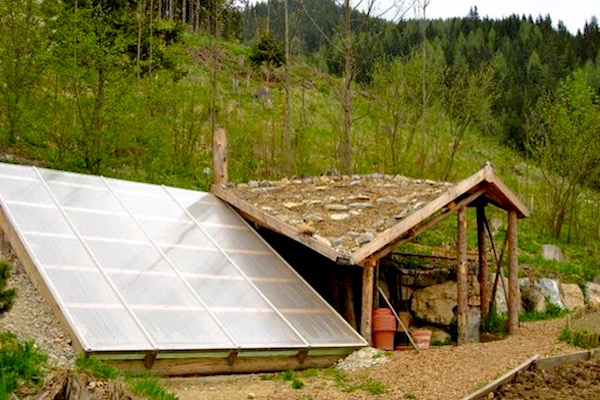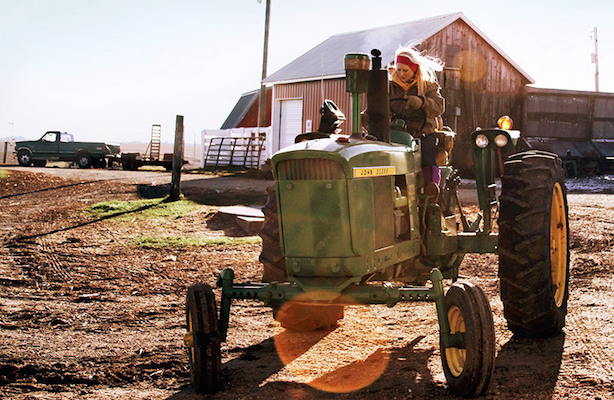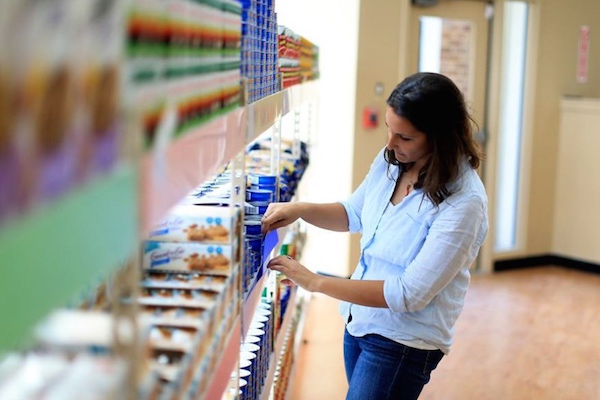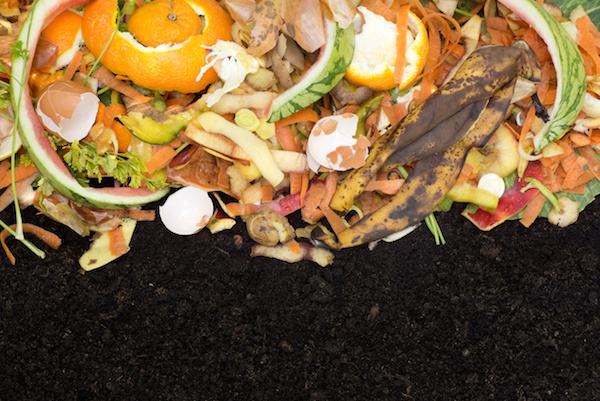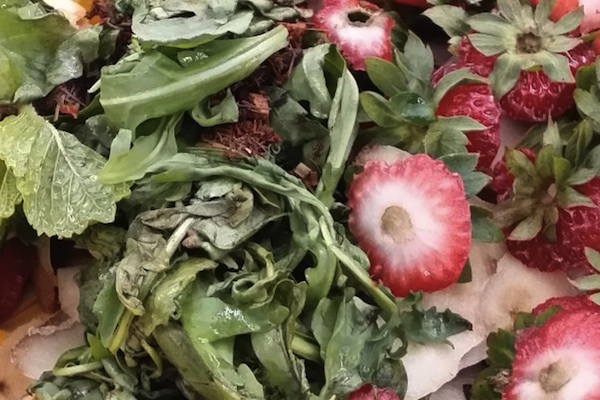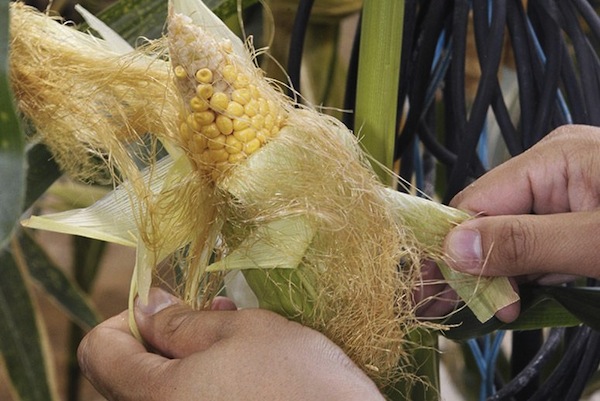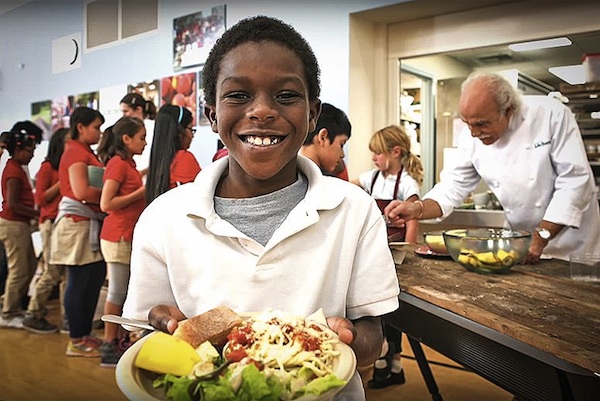A new meta-analysis finds that certified-organically produced dairy and meat have higher levels of nutrients than their conventionally produced counterparts. It’s not something magical about organic. It’s about what the animals are being fed under certified-organic standards which is grass instead of grain and often outside of a barn.
Continue reading... →The Apatani tribe in Arunachal Pradesh is known for its paddy cum fish agriculture. They practice this as well as other sustainable water management techniques that allow them to coexist and thrive.
Continue reading... →This $300 DIY underground greenhouse is ideal for gardening in colder climates by collecting the sun’s rays and earth’s heat to grow food year round. From vertical farms to solar-powered “farms from a box,” we’ve seen how farming technology has grown leaps and bounds in recent years. But for those who prefer something a little more rustic, growing food from a hole in the ground is as low-tech as you can get. A walipini, meaning “place of warmth” from the Amaraya Indian language, is an underground greenhouse with a transparent (usually plastic) covering that stays warm by passively soaking up the sun’s heat and absorbing the earth’s thermal energy. Fruits and vegetables can be grown year-round, making it ideal for communities in colder locations that can’t usually grow their own fresh and local produce during certain parts of the year. The farming method isn’t exactly new. Walipinis have been used in South and Central America for decades, including one that can grow bananas at 14,000 feet in the Andes. The technique was notably adopted by The Benson Institute, a worldwide food security program of the Mormon church. According to The Plaid Zebra, the Benson Institute and its team of volunteers built a community-sized 74-feet-by-20-feet walipini […]
Continue reading... →With the end of the year just around the corner, we wanted to reflect on all that we have to be grateful for in 2015. There’s a lot to celebrate! From promoting conservation to empowering beginning farmers, here is the National Sustainable Agriculture Coalition’s list of the Top 15 Highlights of 2015: Conservation and Environment 1. 2015 opened with the first ever Conservation Stewardship Program (CSP) contract renewals. CSP, a program that NSAC has championed, is the only farm bill conservation program to support performance-based advanced conservation systems for working farms. 70 percent of expiring acres were renewed by producers ensuring that more than 17 million acres will continue to be supported through new and ongoing conservation activities. The year also ended on a high note for CSP: the Natural Resources Conservation Service (NRCS) postponed the CSP overhaul until 2017, buying more time for stakeholder input and outreach around the changes, and just this week Congress approved an omnibus budget bill that eliminated House-proposed cuts to CSP funding in 2016. 2. National Sustainable Agriculture Coalition (NSAC) member organizations and supporters submitted hundreds of comments to USDA recommending ways to improve the interim rules to implement 2014 Farm Bill changes to conservation programs, […]
Continue reading... →East Coast business uses clean technology to take food waste out of landfills and put it into your garden. Imagine a big composting machine that processes food waste by the ton. It’s not only bigger than the compost heap you have stirring in your backyard; it’s faster, too. That’s the idea behind Converted Organics’ high-temperature liquid composting technology. The Boston-based company takes food waste from grocery stores, restaurants, and processing facilities around Boston, New York and New Jersey and turns it into an eco-friendly fertilizer that gardeners can use in their backyards. Unlike your backyard compost pile, where dairy and meat products are a big no-no, Converted Organics accepts all types of food waste, including fruits, vegetables, and meats. “Meats have high nitrogen compounds from additional protein,” says Rob Bayless, the company’s vice president of manufacturing, explaining why taboo compost additives are a key ingredient to the Converted Organics mix. Contrary to backyard composting methods, they then liquefy the food waste. This not only breaks down the material to keep it from producing that nasty odor associated with decomposing garbage, it allows oxygen to more easily enter the mix, explains Bayless. Air is inserted into the liquefied food waste, making […]
Continue reading... →Compost can save the world! It sucks carbon dioxide out of the air and not only that, a half-inch layer of this black gold can still increase yields years after its application. I had been composting in our community bins for nearly 10 years but decided to start a rogue pile in my yard several months ago. I can’t grow much out there in the shade but food scraps will certainly rot. In fact, I can’t possibly prevent the natural process of rot. When I composted at my house years ago, like many people, I believed I needed to buy a special bin. For my new compost pile, I wanted to create a simple, inexpensive system. I could have made a cylindrical bin out of chicken wire or built an upcycled bin from wooden pallets (both great options). But instead I bought nothing. I built nothing. I took what I had collected in the kitchen and threw it on the ground. I throw everything on my pile: Fruit peels, scraps and all pits. Even avocado pits break down quickly! Vegetable peels and scraps. I make vegetable broth out of most little bits of vegetables, after which they go on the pile. Corn cobs. I couldn’t […]
Continue reading... →Consuming refined sugar can impact mood, decision-making, and memory. Here’s how good it can be to give it up.
Continue reading... →Scientists and industry professionals are often called in to offer their expertise on various causes and products. And while practically all specialists can agree on some topics—such as climate change or the efficacy of a brand of toothpaste—there’s no clear consensus about the safety of GMO foods, which have been genetically altered to contain more nutrients or resist diseases.
Continue reading... →

